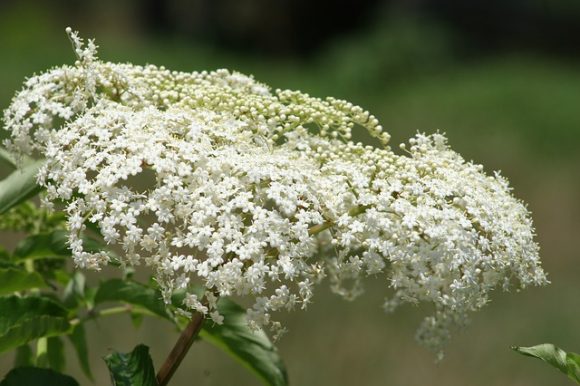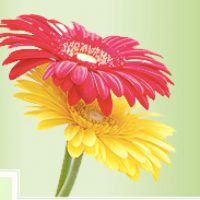All posts tagged gypsophila paniculata
Baby’s Breath Flower: Leukemia Buster?
Baby’s breath, botanically known as gypsophila paniculata, is a genus of perennial flowering herbs in the carnation family. The plant is native to Australia, Eurasia, Pacific Islands, and Africa. Continue reading [...]

